A preamplifier is a kind of device that can increase the audio signal strength before it distributes to other components. The most common function of a preamplifier is to prepare the small signal for further amplification, however, a preamp comes with a lot of other functions.
People prefer to install the preamplifier in their high-end home audio system, like home theater systems. It can make sure the amps and other components work normally and amplify the signal.
A preamplifier, for example, has various inputs for receiving the signal from other sources, like the microphone or a guitar.
For the home sound system, a preamplifier may have an input to connect various audio components like turntables and CD players.
What Is the Role of Preamps?
Even though the preamp plays an important role in your home audio system for the sound quality, you also need to know that not all preamps are created equal. A high-quality preamp will sound better than a low-quality one.
The preamplifier is the first amplifier in an audio chain, which means the function of this preamplifier is to prepare the signal and then prevent overloading in the amplifier and other audio system components. If the signal is properly prepared, it will produce higher-quality audio.
On the other hand, a preamplifier can change certain audio signal features, like the proportion of treble and bass. What's more, it will turn up or turn down the volume of the audio signal before it it is processed by other parts.
That is why a preamplifier is an essential component of any audio system. It prepares small signals for proper amplification before they are processed by other components in the audio chain.
What Are the Different Preamp Types?
Preamplifiers are classified into three types: current-sensitive preamplifier, parasitic capacitance preamplifier, and charge-sensitive preamplifier.
Preamplifier with Current Sensitivity
Usually, we will use a transistor in a current-sensitive preamp to amplify the current of audio signals.
They are fast at signal processing but have impedance issues. At low frequencies, they are ineffective.
They are commonly found in vintage vacuum tube amplifiers. Because of the distortion that current sensitive preamplifiers can produce, the sound they produce is not natural.
Preamplifier with parasitic capacitance
Vacuum tubes are used in parasitic capacitance preamplifier.
Compared with the current-sensitive preamps, this kind of preamplifier will be more effective at low frequencies, but they are slower. This kind of preamp usually installs in the home audio system because of a warm and musical natural sound. As a result, it is more expansive than other preamps.
Charge-sensitive Preamplifier
Charge-sensitive preamplifier amplifies the voltage of an audio signal using transistors.
They process signals quickly and have fewer impedance issues. They work well at low frequencies.
As usual, this kind of preamplifier also will be installed in the home audio system and will combine with other audio equipment. They are cheap and produce a natural sound.
What Is The Distinction Between An Amplifier And A Preamplifier?
An amplifier is a device that boosts the strength of a signal.
By preparing the audio signal, the preamplifier will avoid overloading the amplifier and other audio parts. A preamplifier needs to accept various input sources, as a result, it comes with various input connectors. However, amplifiers do not have those features and they only generate audio signals. A preamplifier will prepare the signal to be generated. This is why an amp must go through a preamp first to prepare the audio signal.
What Is the Function of a Preamp?
The way you use a preamplifier is determined by how it is linked to the rest of your audio system.
We usually put the preamplifier before an amplifier because it will prepare the signal. After that, it will avoid overloading and distortion when the signal reaches the amplifier.
If there is a CD input with your preamplifier, then you can use it to connect your CD Player. And you can connect other inputs to your devices like tuners, turntables, and tape players.
Turn your tone controls all the way counterclockwise if your preamplifier has them. Loudness control is available on some preamps. When you turn this control up, the bass and treble frequencies are amplified. If your audio system's sound isn't loud enough, use this control to boost its volume.
If your preamplifier has a mono switch, use it to play mono recordings or to improve the clarity of the sound.
What Is a Preamplifier Used For?
The preamp prepares an audio signal for the amplifier to avoid overloading or distortion.
A preamplifier has various inputs, so you can use them to connect an audio device like a tape player to your audio system. Then, you can use the tone controls on a preamplifier to adjust the bass and treble frequencies when they need to be boosted.
Some preamplifiers include a loudness control that you can use when the sound isn't quite right or when playing mono recordings.
Do the Preamplifier Improves Sound Quality?
Whether or not a preamplifier improves sound quality is dependent on the equipment you use as well as your personal preferences.
A better preamplifier does not necessarily imply better sound quality. In some cases, a high-end preamp may not even make a noticeable difference when compared to a low-cost preamp.
A better preamp may produce better sound quality in some equipment. However, it may not make a difference in some cases and may even reduce sound quality.
Is It Necessary To Use A Preamp?
A preamplifier is an electronic device that boosts a low-level signal from a source such as a turntable or CD player to line level. Though some preamps can function as "active" volume controls, they are not amplifiers.
After the preamplifier increases the audio signal to line level, it can provide a stronger signal and isolate the audio signal from any hum or noise. Then for the microphone preamplifier, it can boost the signal when you are recording.
The effectiveness of a preamp depends on two factors: the quality of the source signal and the amount of gain desired.
If the source signal is already at line level and you don't want to apply too much gain, a preamp may not make a difference. But if the source signal is too weak and it needs more amplification, it may result in noises and other interference.
A preamplifier makes a significant difference in sound quality in this case.
How Do I Select A Preamp?
You should ensure that the preamplifier you select can handle the source signal as well as any other equipment you intend to connect to it.
You need to make sure that a preamplifier meets your demands and will provide the correct gain for your source and other components. If not, then you must find one that does and ensure the preamplifier can be compatible with your audio devices. For example, you need to ensure a preamp has an input for your phono cartridge if you have a turntable.
All in all, you need to make sure the preamplifier has the features to achieve good sound quality. If you need to connect different inputs, then you need to check a preamplifier with more features.
Also, you can check our Arylic S50pro+ preamplifier here.




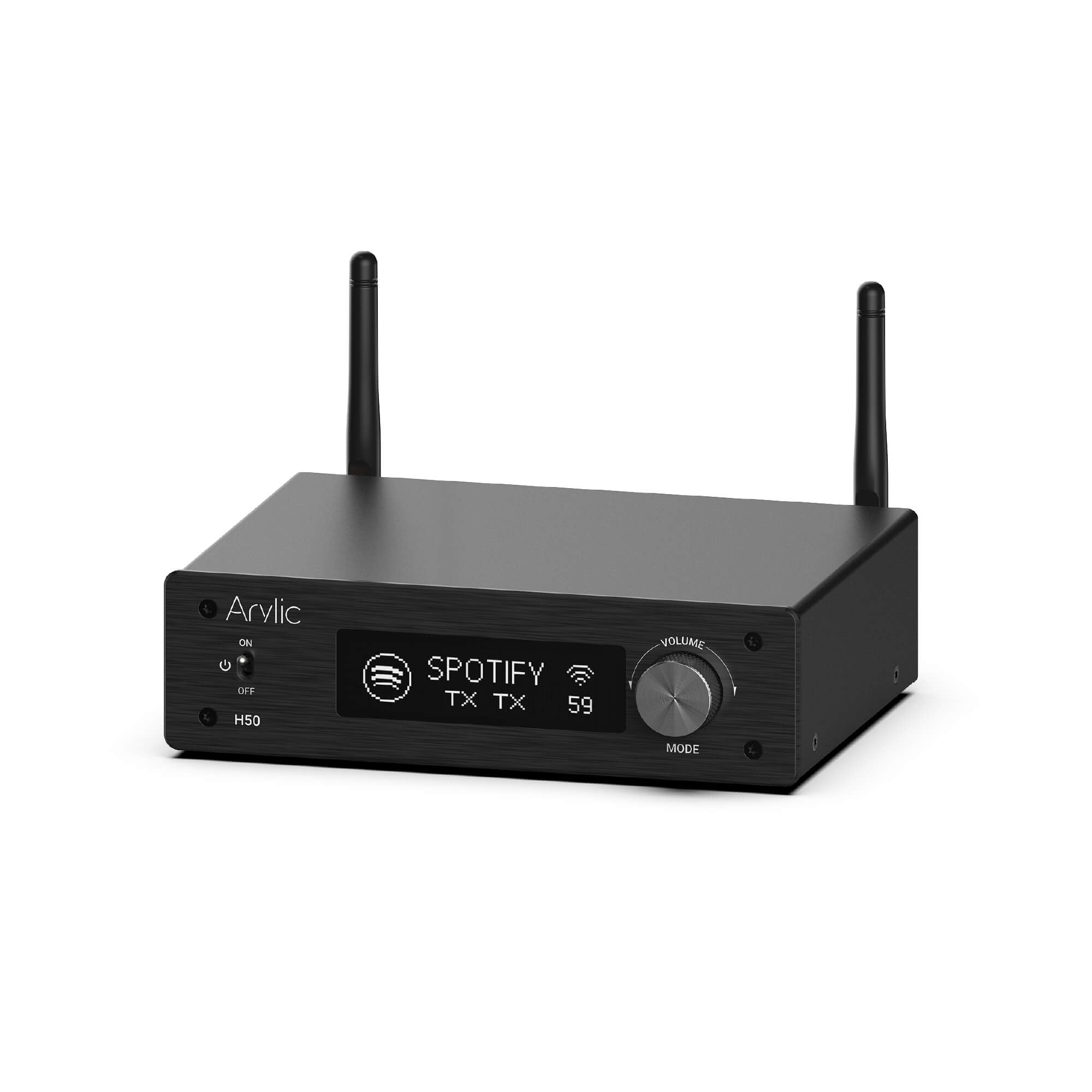
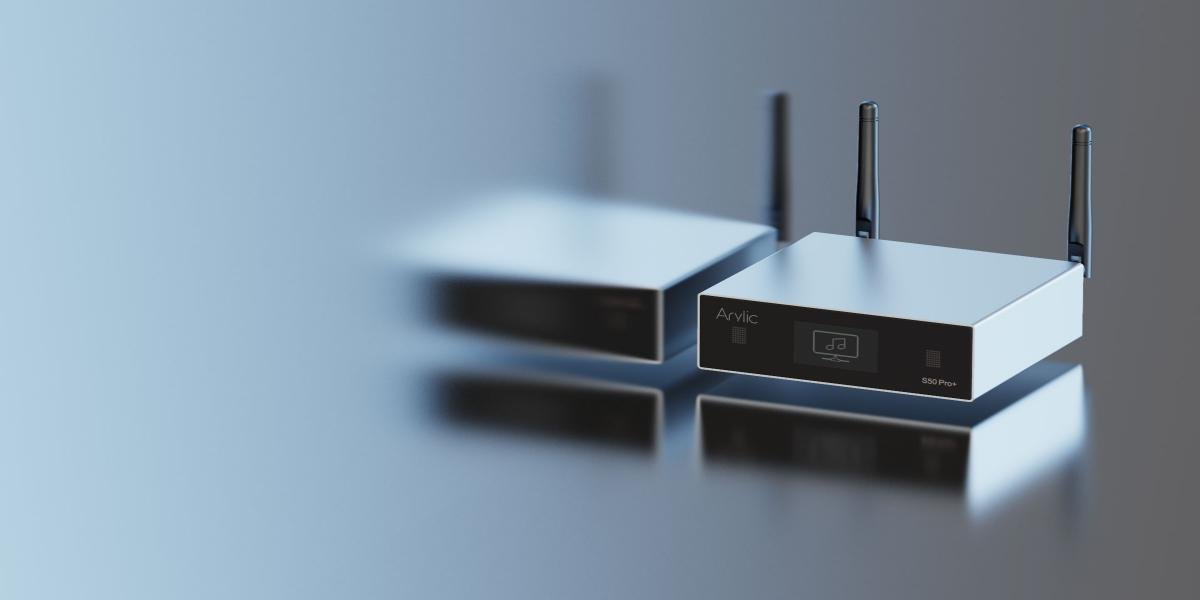
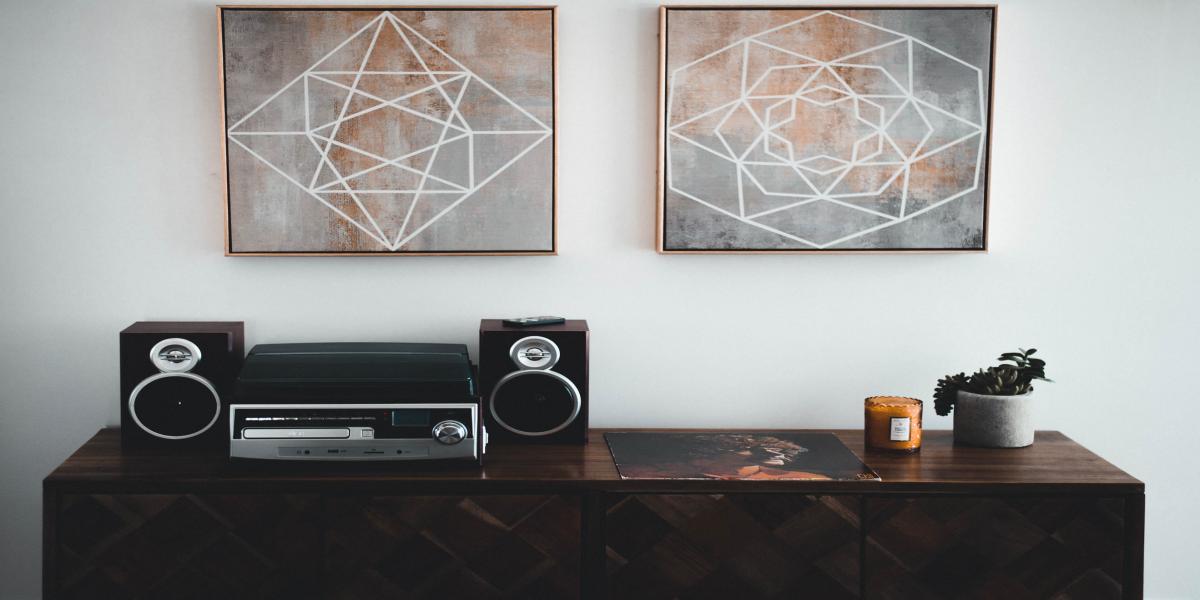
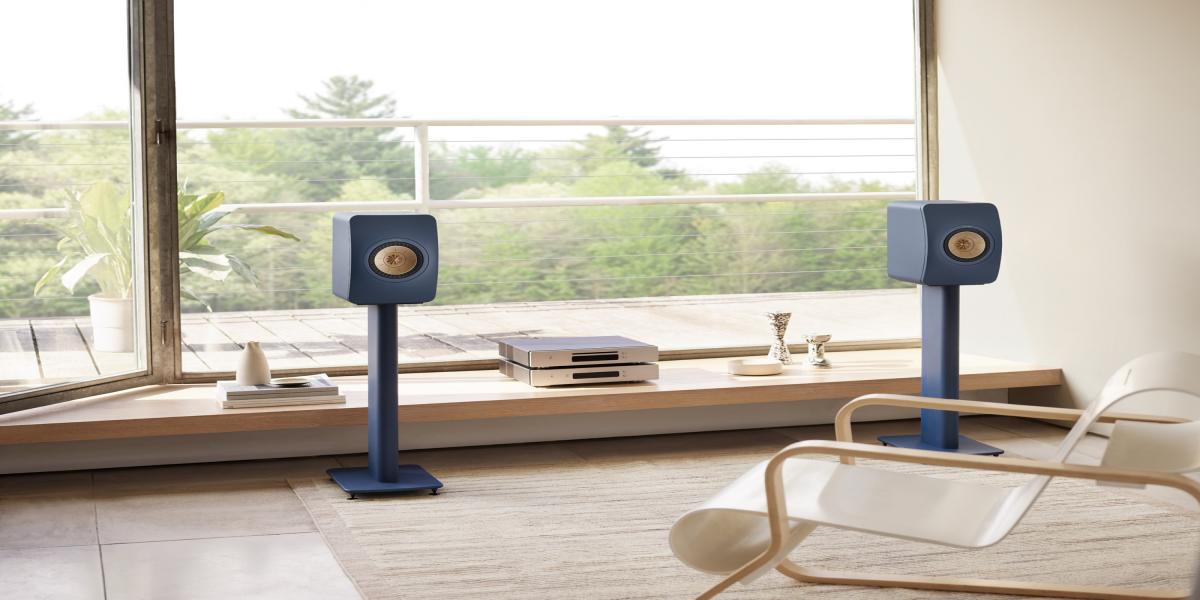
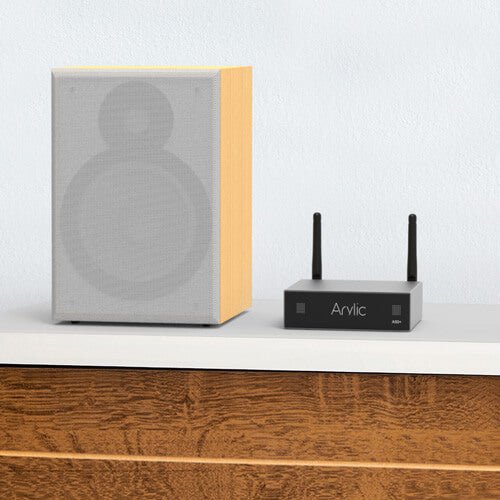
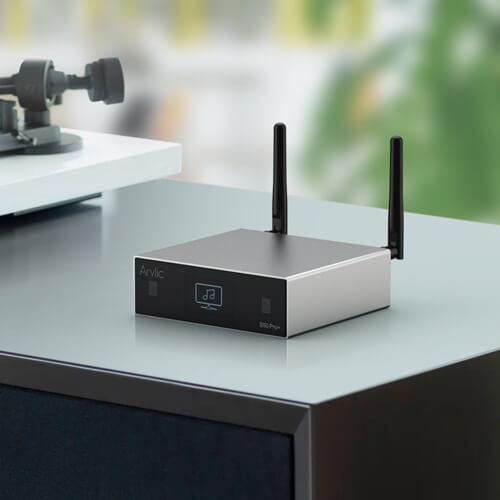
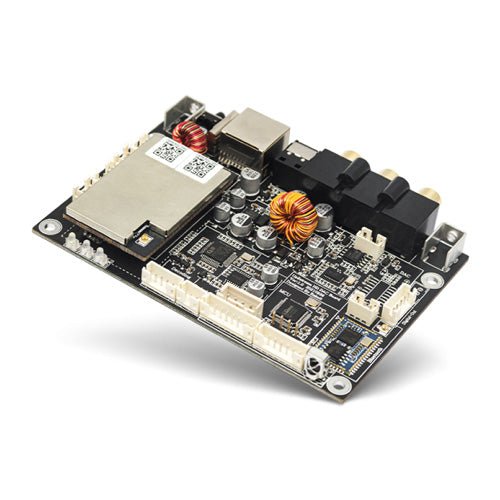
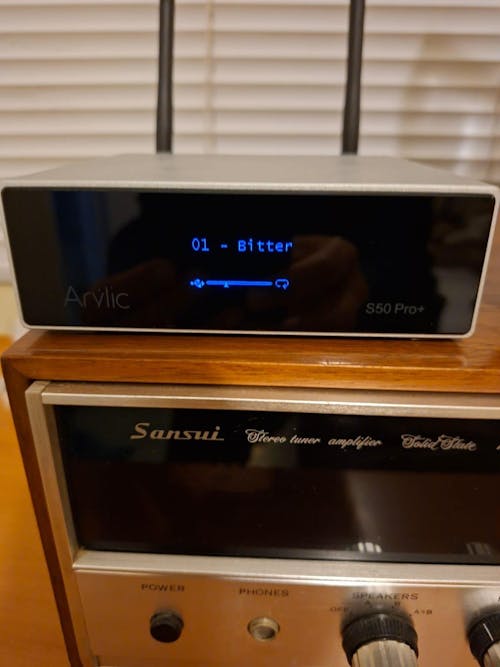
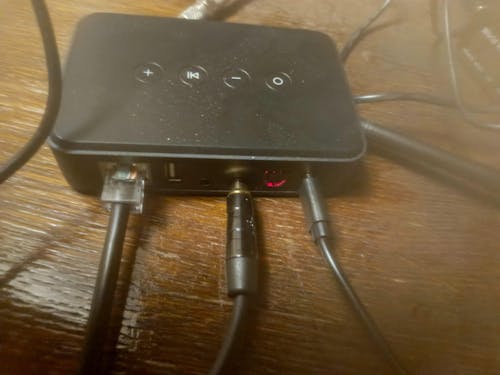
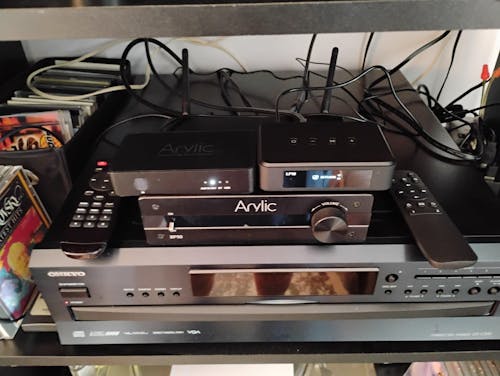
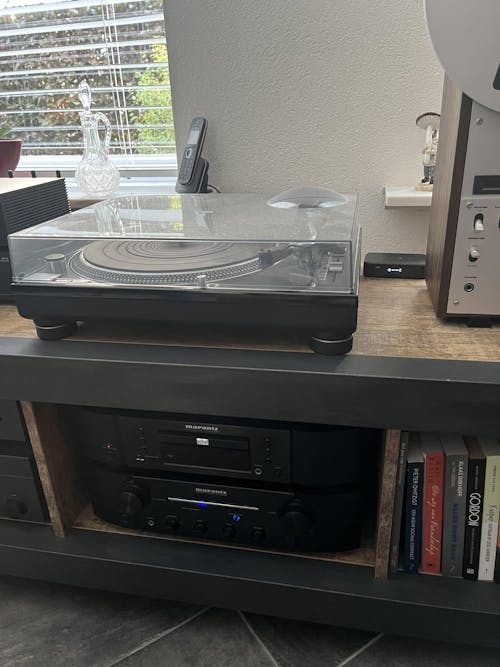
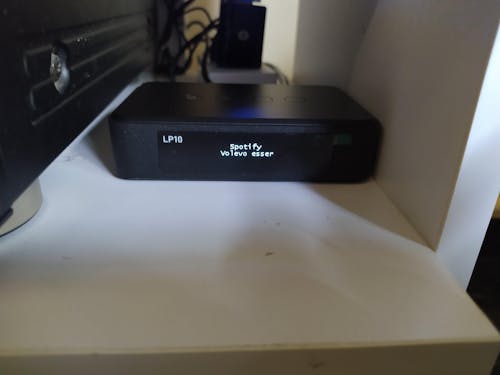
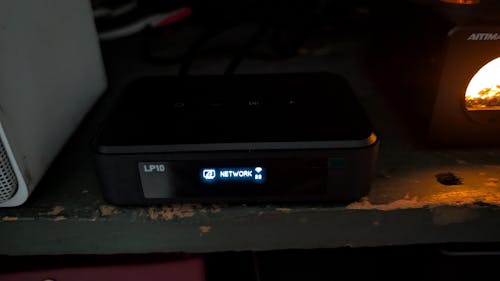
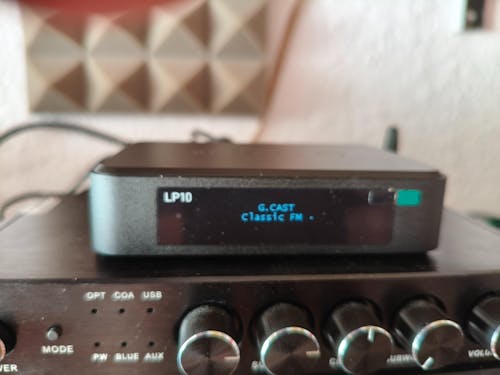


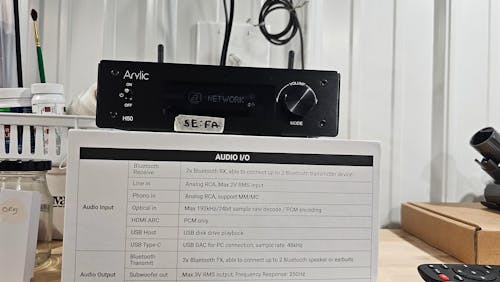
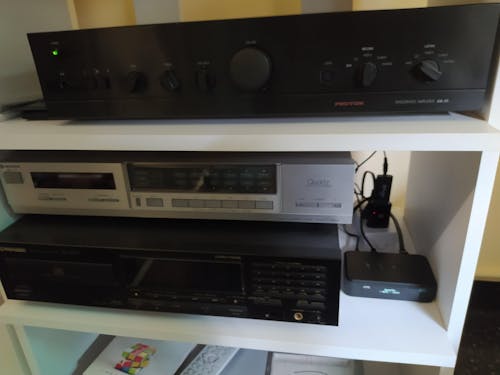
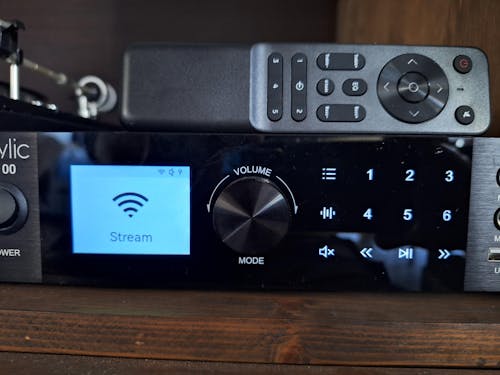
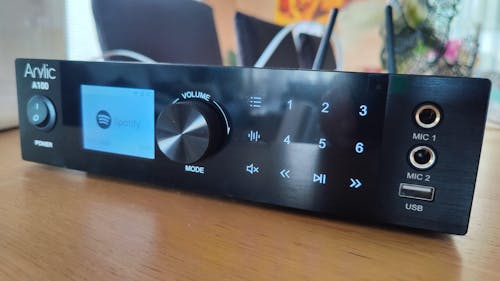

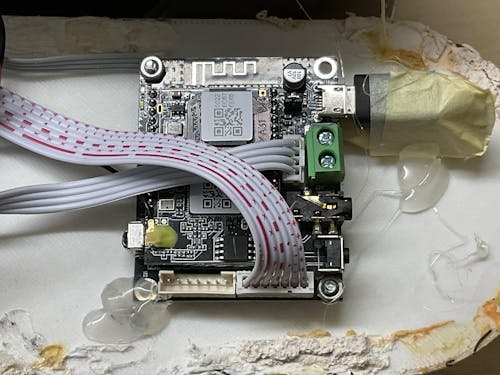
Leave a comment
All comments are moderated before being published.
This site is protected by hCaptcha and the hCaptcha Privacy Policy and Terms of Service apply.